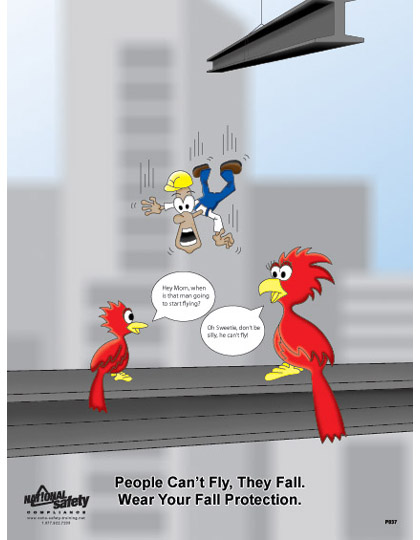Twice each month I receive a newsletter, called OSHA QuickTakes, that reports, among many other things, a list of citations and fines, explaining how companies have violated certain acts. The fine amounts in the releases just seemed to grow, so I picked this one:
OSHA has ordered Clean Diesel Technologies Inc. to pay $1.9 million to its former chief financial officer who was fired for reporting conduct the CFO believed to be damaging to the company’s shareholders. In late March 2010, the former CFO provided information to the company’s board of directors based on a reasonable belief there was a conflict of interest involving the chair of CDTI’s board of directors. The former CFO believed that a proposed merger was detrimental to the company, critical financial information had been withheld from board members, and the conflict of interest violated internal company controls mandated by the Securities and Exchange Commission as well as the company’s own corporate code of ethics.
OSHA’s investigation found that the company violated the whistleblower provisions of the Sarbanes-Oxley Act when it wrongfully terminated the former CFO for warning the board of directors about ethical and financial concerns raised by a proposed merger.
“OSHA plays a key role in protecting the integrity of the financial markets and the economy,” said Assistant Secretary of Labor for Occupational Safety and Health Dr. David Michaels. “We protect those who are courageous enough to speak out, even internally, about violations of securities rules and regulations.”
After being terminated from employment in April 2010, the former CFO filed a whistleblower complaint with OSHA one week later. OSHA’s investigation found merit to the complaint. “This order should send a clear message to publicly traded companies that silencing those who try to do the right thing is unacceptable,” Dr. Michaels added.
As a result, OSHA has ordered CDTI, a manufacturer and distributor of emission control systems based in Ventura, Calif., formerly headquartered in Stamford, Conn., to pay the complainant more than $486,000 in lost wages, bonuses, stock options and severance pay. In addition, the company must also pay the complainant over $1.4 million in compensatory damages for pain and suffering, damage to career and professional reputation and lost 401(k) employer matches and expenses.
The order also directs the company to post OSHA’s findings in an 8-K submission to the SEC since previous filings about the complainant’s termination and whistleblower activity had also been posted to the SEC.
The company must also expunge all files and computerized data systems of disciplinary actions related to the complainant’s termination, pay reasonable attorney’s fees and post the order and a notice to workers at all company locations and on its internal website. In addition, OSHA will inform the SEC of its findings so that it can pursue any other appropriate action. CDTI and the complainant each have 30 days from receipt of the findings to file an appeal with the department’s Office of Administrative Law Judges.
OSHA enforces the whistleblower provisions of Sarbanes-Oxley and 21 other statutes protecting employees who report violations of various securities laws, trucking, airline, nuclear power, pipeline, environmental, rail, public transportation, workplace safety and health, and consumer protection laws.
Employers are prohibited from retaliating against employees who raise various protected concerns or provide protected information to the employer or the government. Employees who believe that they have been retaliated against for engaging in protected conduct may file a complaint with the secretary of labor for an investigation by OSHA’s Whistleblower Protection Program. More information is available online at http://www.whistleblowers.gov/.
Source: OSHA QuickTakes
Under the Occupational Safety and Health Act of 1970, employers are responsible for providing safe and healthful workplaces for their employees. OSHA’s role is to ensure these conditions for America’s working men and women by setting and enforcing standards, and providing training, education and assistance. For more information, visit http://www.osha.gov.
Editor’s note: The U.S. Department of Labor does not release names of employees involved in whistle-blower complaints.
NOTE: This news release shows that even those at the top of the company, such as a Chief Financial Offiver, or a new employee at every company, has the right to report violations of any kind, without retaliation. It does pay to tell the truth. pb
